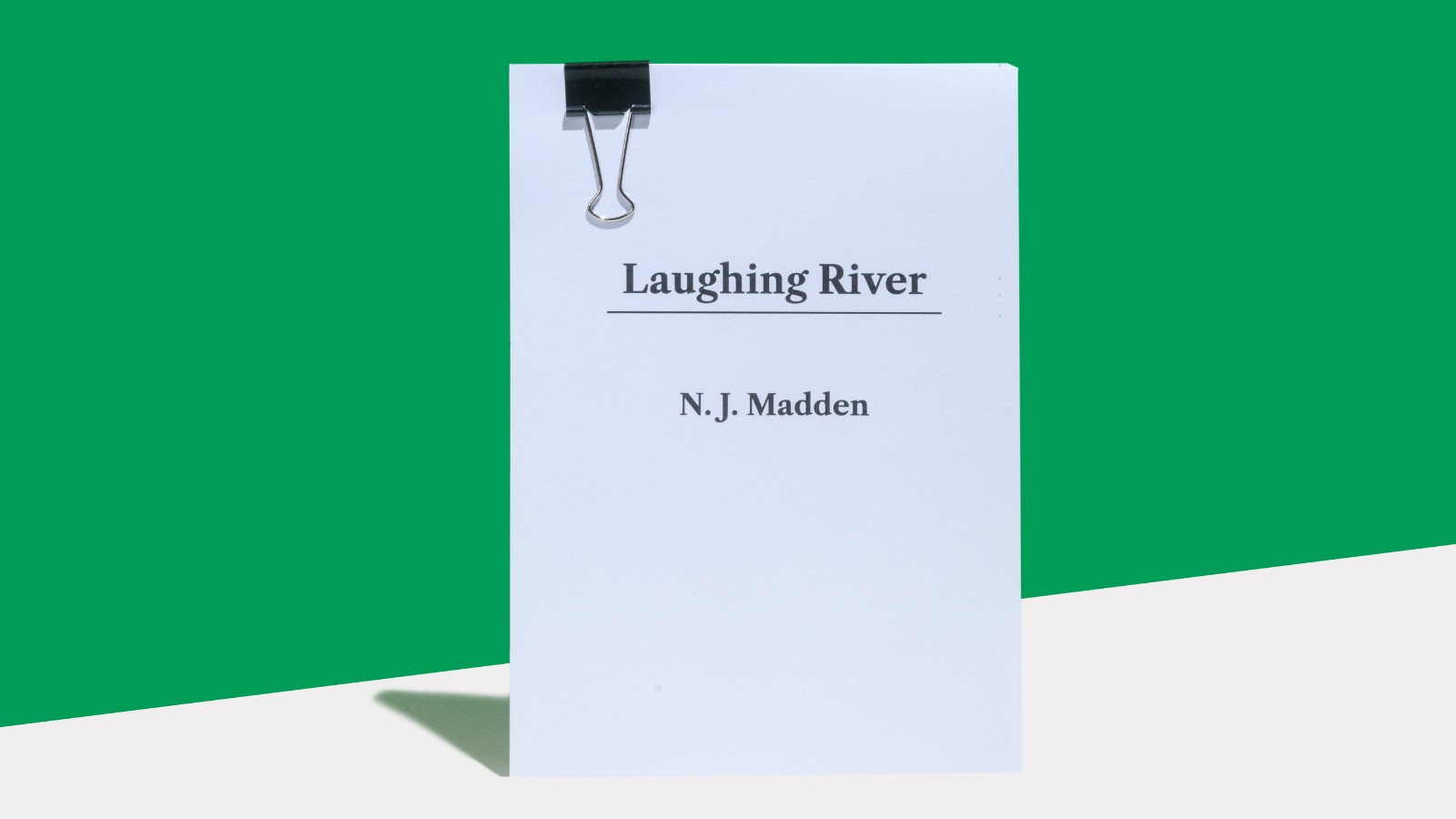Unpublished Manuscript Shortlist

Title: Laughing River
Author: N. J. Madden
Photography by Sarah Walker
Judges’ report
The narrator – who is known as Tom, then Patrick, then John – is drifting across Australia during the gold rush era. As a young man he is guided by various mentors who help him find work – panning for gold, farming, cage fighting – but also steal from him, commit violent acts and ultimately abandon him.
As a young man he is haunted by the violence he witnessed. When as an adult he is robbed again of all his gold he learns the only way to survive is to commit the same theft, betrayal and murder. One crime begets the next, until he is revered and feared as a bushranger. The Australian landscape is animated by growling wildlife, often real but also possibly imagined by the narrator’s guilty conscience or violent urges.
In clean and unique phrasing, Madden mediates on what becomes of a man when he is held together only by an instinct to survive. The plot is gripping and unpredictable, yet had the judges wondering if it was based on true events. The unique setting of this manuscript stood out from all other entries.
Extract
Little Tom has been by the river for months, yet he knows it holds secrets still to uncover. In the morning he casts his line, while Big Tom sleeps in his tent. Little Tom digs a hole in the dirt, plants his makeshift rod then rests against a tree.
Big Tom is soon awake but he’s quiet. There are mornings he will need a long while to gather himself before he can speak a word. Little Tom had learned long ago to welcome such mornings. He wanders away from their settlement, keeping the river to his side, following its stream southward. He goes further each time he wanders, and the further he goes downriver the more he uncovers.
He comes to a fallen tree. He marvels at the density of the pit its uprooting created and wonders how something so strong could ever be shaken from its place in the earth. He climbs the tree and feels the solid timber against his bare feet. He feels tall standing so high from the dirt, but suddenly he feels a guilt. He is aware he is disturbing the dead tree’s peace. For a moment, however, he remains standing on the tree, looking ahead as the river whirls around a bend at the bottom of two hills. He climbs down and carries on, going further than he has gone before. It is the end of winter and the grass is dewy. The late morning, weak sun slits through the heavy covering of branches and green leaves. The river quickens as it comes to a head at a pool. Little Tom stops and watches as the wind touches the water and sends it rippling. A flock of ducks take no notice of him and he is glad he has not disrupted them. He attempts to keep the ducks calm as he approaches, but they soon become aware of him and flee. He watches them take flight and leave him. He waits a moment before he takes off his clothes, wades into the water and embraces the cold. It’s shallow before it suddenly deepens and he cannot touch the bottom with his feet.
When he emerges, he lingers a moment, waiting for the ducks to return. He wanders back the way he came, reaching their settlement and finds Big Tom missing. He sits on his log placed around the fire pit and stares into the heap of charred wood, the shining black with its grey, broken linings. He waits for Big Tom and as he waits a magpie enters their site. He wonders what the bird is looking for and where it might have come from.
Some time later, Big Tom reappears and sits opposite the boy, keeping the pit between them.
Big Tom says: We should go.
Little Tom: Where?
– I don’t know. But we should move on.
– We’re doing alright here.
– We can’t stay. Not forever.
– I think we’re doing alright.
Big Tom pauses.
He says: How’s the line?
Little Tom turns and leaves to examine his line. He had forgotten it, yet it remains firm in its place in the dirt.
He says: No good.
Big Tom: No good.
Little Tom is awake to watch the rising sun light the river. The magpie returns and finds a place along a tree branch and Little Tom listens to its elated warble, ringing out amongst the laughter of the kookaburras. Among the noise, Little Tom begins to focus on the magpie’s song and the magpie suddenly stares at him. He takes note of the deep, sleek blackness and the gleaming white of its feathers. He realises the colours of the bird are something he has not truly recognised before. The bird and the many like it have always been a part of the landscape, like golden leaves along the ground in autumn, or rocks shaped by the waves at the edge of the sea. The black and white birds are like the tree branches themselves. Big Tom had taught him about the magpies, yet they had receded to the back of his mind as their appearance became so unexceptional. Now, as he stands beneath the tree, having just woken with the glaring sun lighting his surroundings, Little Tom, for the first time, acknowledges the black and white features of the magpie, its red eyes, its sharp beak, its unforgiving stare, are attributes which cannot be considered anything less than worthy of distinction from the landscape.
The magpie is perched, maintaining its vigilance and Little Tom feels the magpie means him no harm. He would feed the magpie, had he food to spare. As he moves away from his place beneath the tree, the magpie lets out a final warble then takes flight. It disappears but he knows it will return.
About the author

N. J. Madden is a Melbourne/Naarm-based author and teacher. Madden worked a countless string of odd jobs from house-painting to retail to bookselling, before eventually winding up at university to study literature, history and education. His literary studies focused on eco-criticism. Madden is now a teacher of English and history, juggling his passion for writing with secondary education. Laughing River is Madden’s second novel, following the self-published effort, Three Crowns. Madden has also written plays and directed short films and music videos.
Related Posts

Read
Anne-Marie Te Whiu Receives The Next Chapter Alumni Poetry Fellowship
2 Apr 2024

Read
What's on in April: Resident Organisation Round Up
28 Mar 2024

Read
Blak & Bright First Nations Literary Festival returns in 2024
7 Mar 2024

Read
What's on in March: Resident Organisation Round Up
29 Feb 2024

Read
Hot Desk Extract: International
23 Feb 2024

Read
Hot Desk Extract: The Rooms
23 Feb 2024
Share this content